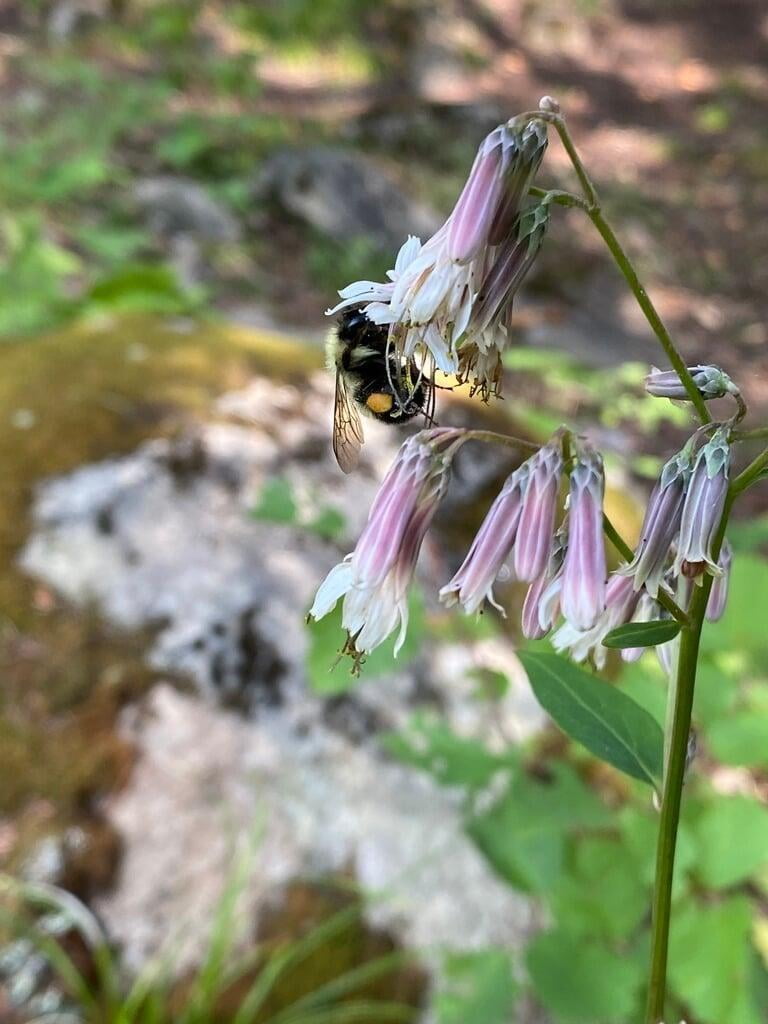Prenanthes alba
Rattlesnake root Description:
Prenanthes alba, commonly known as white rattlesnake-root, is a herbaceous perennial plant in the family Asteraceae. It is native to eastern North America and can be found in prairies, meadows, and open woodlands from Canada to the southeastern United States. The plant typically grows up to 1 to 5 feet tall and blooms in late summer with clusters of small, white, tubular flowers that resemble small bells. The flowers are followed by fluffy, white seed heads that are dispersed by the wind. The leaves are deeply lobed and toothed, with a slightly hairy texture. Prenanthes alba prefers full sun to partial shade and moist, well-drained soil. It is an important plant for pollinators, providing nectar and pollen for bees, butterflies, and other insects.
In addition to its ornamental value, Prenanthes alba has a long history of medicinal use. The root of the plant was traditionally used by Native Americans to treat a variety of ailments, including snakebites, fever, and headaches. The root was also used by early European settlers as a substitute for quinine, a medication used to treat malaria. However, it is important to note that the plant is toxic if consumed in large quantities, and should only be used under the guidance of a qualified practitioner. Today, Prenanthes alba is primarily grown as an ornamental plant in wildflower gardens and prairie restorations.
Native Range:
Rattlesnake root is mostly located in the upper Midwest and Northeastern United States. In Minnesota, Rattlesnake root fairly widespread and found in most regions of the state.
Standard Plant Information:
Plant Height: 1' - 5'
Bloom Time: August - September
Preferred Habitat: Does well in part shade to shade. Often found in rich woods and thickets.
Sowing:
For most homeowners, the best option is to scatter seed on the ground by hand broadcasting at a minimum of 16-64 pls ounces per acre. For even coverage, we recommend that you broadcast seed in perpendicular rows across the site to ensure even coverage.
You’ll want to broadcast any grass seed first, which will get raked into the soil lightly. Next, it is ideal to mulch the area lightly with either a clean (no seed) straw or preferably with our native Little Bluestem straw, sold at our retail garden centers. After a light mulching is complete, now it’s time to broadcast your native wildflower seeds, which should not be raked into the soil. A good rain or watering is sufficient to cover the seed.
Planting:
Simply dig a hole in the soil slightly larger than the plant’s roots. Ensure that the soil line of the plant is maintained during the transfer (i.e. the plant should be at the same level with the ground as it was in the pot). Pack any loose dirt back around the plant and make sure you water it well the same day to ensure it has the best chance of survival.











